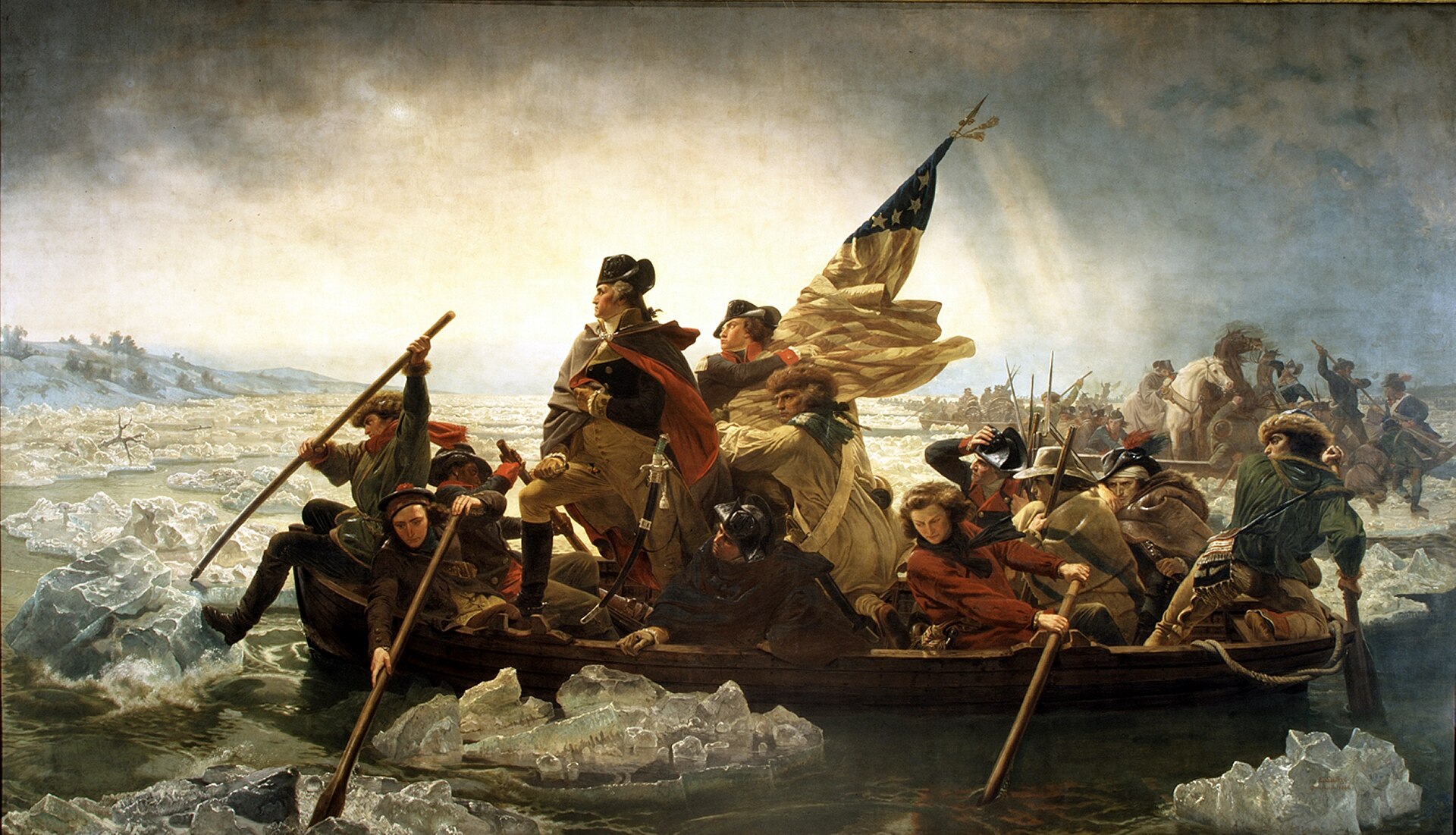On a President & a Dictator
By Matthew Salonich
When deciding upon a system of government, the founding fathers undoubtedly had the ancient Greeks and Romans in mind, and contemporaries after them have continued to make such comparisons between the United State’s founding to classical civilizations. Comparisons have even been made between the founding fathers and ancient figures, namely Washington and Cincinnatus. In this post, I will not only underscore the reasoning behind this comparison, but also bring skepticism into the legitimacy behind it.
Similar Origins
The connections between these historical figures arose from their similar origins, both being of agricultural backgrounds and called into action in times of need. During a crisis in which the Roman army was surrounded and the city left vulnerable to the Aequians, Cincinnatus was brought out of retirement, farming on his humble villa, and given emergency powers as dictator to rescue the eternal city. In parallel, Washington was brought out of retirement from his not-so humble plantation to lead the continental army when the Revolutionary War broke out. Similarly, they each gave up power when given the opportunity to grab more: Cincinnatus resigned early as dictator and Washington only served two terms as the first president of the U.S. People at the time undoubtedly noticed this similarity, Lord Byron even labelling Washington the “Cincinnatus of the West.” However, many choose to ignore the apparent wealth difference between the two historical figures, which has a major impact on the idea of their supposedly parallel origins.

A Crucial Detail Left Out
The legend of Cincinnatus served as a symbol of humility and poverty as opposed to luxury and extravagance. Machiavelli points out in his Discourses on Livy, “…the honor that was paid in Rome to poverty, and that to a good and worthy man, such as Cincinnatus was, four jugera was enough to nourish him.” A similar attempt was made to contrast Washington, who represented American agricultural and self-sufficient values and stereotypes of luxury and decadence in the British empire. But the biggest issue in this comparison is Washington’s immense wealth, his massive Mount Vernon plantation home to hundreds of slaves, exactly the opposite of what proponents of Cincinnatus valued.

Washington in Art
Such connections also reached artwork, unmistakably evident in Horatio Greenough’s George Washington in the Smithsonian. Washington is depicted sitting upon a throne deity-like, dressed in a toga and sandals. One of the most crucial pieces of the statue is the sword in his left hand with the hilt facing outwards, his right hand pointing towards the heavens. This is symbolic of the handing off of Washington’s power as president to his successor. This is not unlike Cincinnatus when he handed off the fasces, the symbol of power in ancient Rome, to his own successor having defeated the Aequians. Washington once again serves as a connection between the founding of the U.S. and ancient Rome. Though slightly exaggerated with Washington being depicted as an actual Roman, this comparison bears more legitimacy, as they indeed both chose to decline gaining more power for themselves given the opportunity, instead eager to give it up once no longer needed.

Distortion of Narratives Elsewhere
The comparison between Washington and Cincinnatus is certainly not the first instance of distorted narratives. One such example are the paintings of scenes from the Odyssey found in Giovanni Poggi’s palace. In his post, Odysseus the Hero?, Keegan Records points out the change in narrative given off by the Tibaldi painting, in which Odysseus strikes down the Cyclops himself as his crew cowers. This goes against traditional versions of the Odyssey in which Odysseus and all his crew blinded the Cyclops with the spear. Poggi, in commissioning the painting, wished to serve his own narrative of the power of the individual and the hero, rather than of comradery such as in the original tale. In a similar manner, those who have compared Washington and Cincinnatus chose to ignore certain details such as their difference of wealth so as to serve their own narrative about the connection between the U.S. and Rome.
Final Thoughts
The comparisons between Washington and Cincinnatus are shaky at best, and only served to connect the U.S. and its founding to ancient Rome. It is impossible to call the two symbols of resistance to luxury, as they are of radically different economic backgrounds, as It is difficult to call a man with an estate like Mount Vernon an opponent to luxury. However, it is fair to compare them in respect to their conduct while in power, both having the strength to resist the urge to grab more power for themselves even given the opportunity. This is why Washington nor Cincinnatus were ever kings.
Matt Salonich is a freshman at Colgate University from White Plains, NY. He intends to major in Classical Studies.